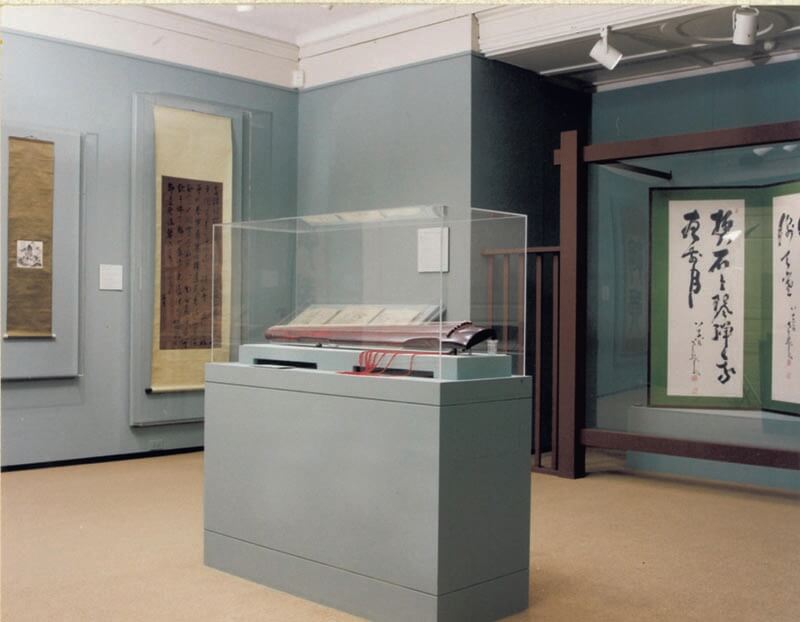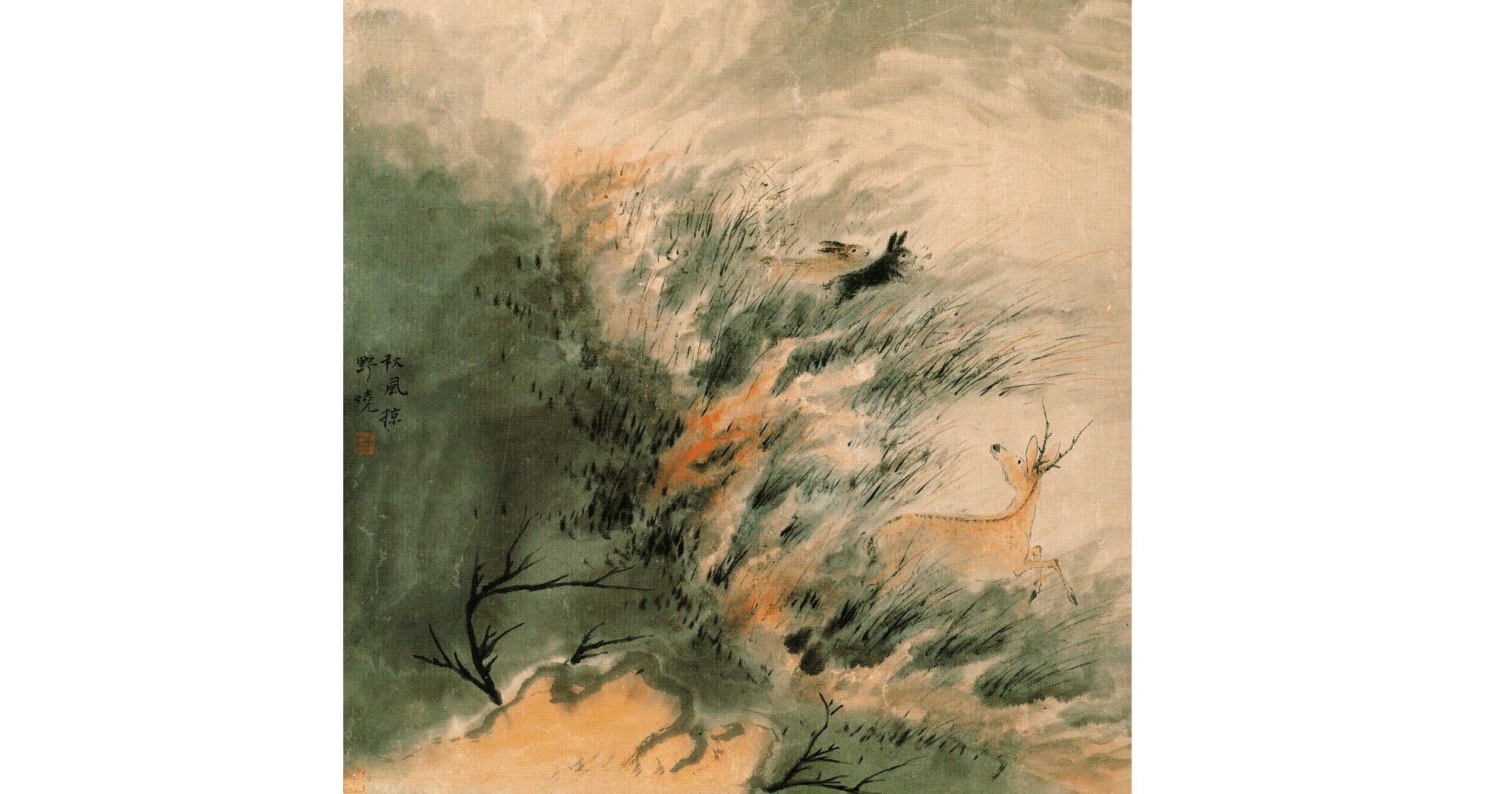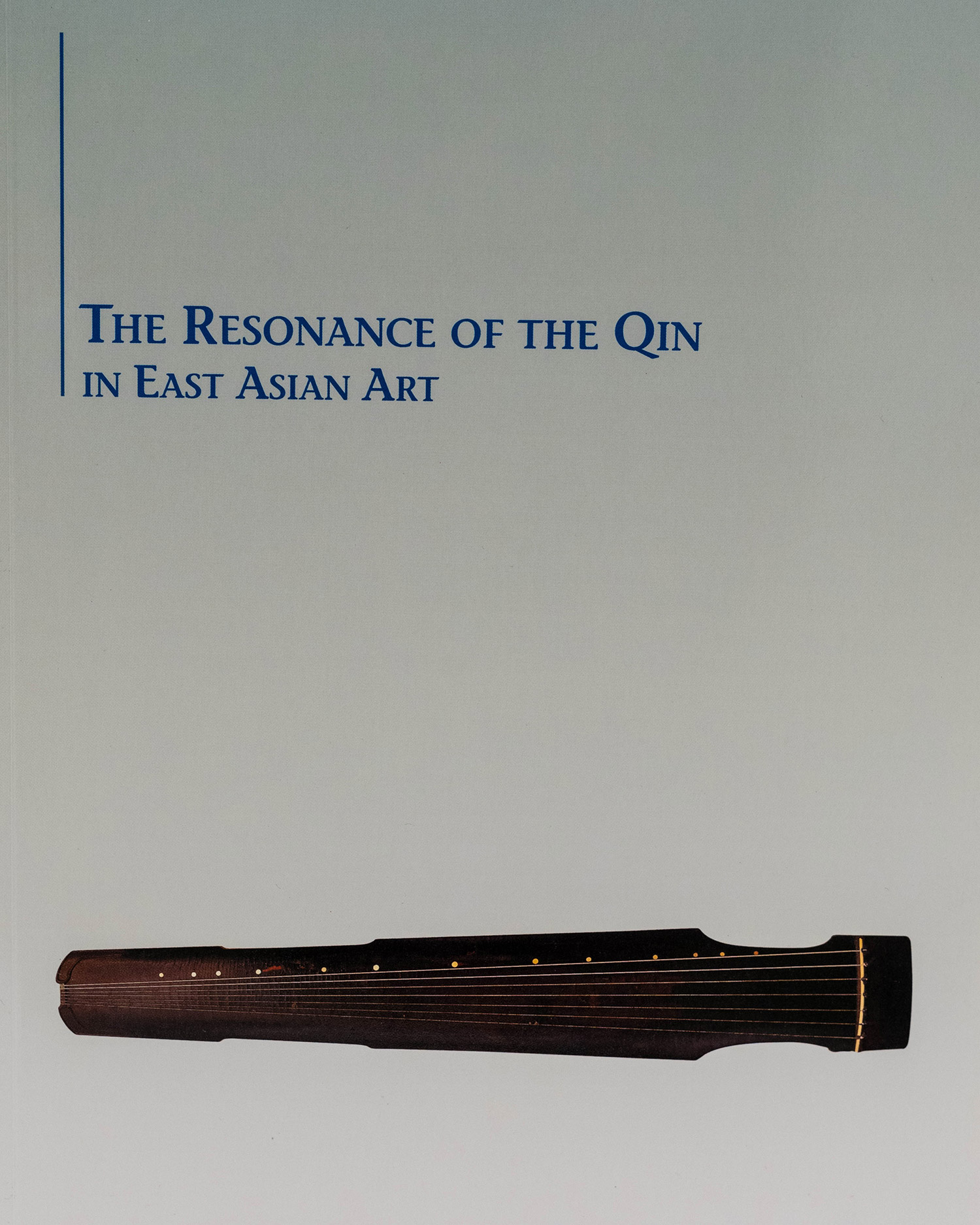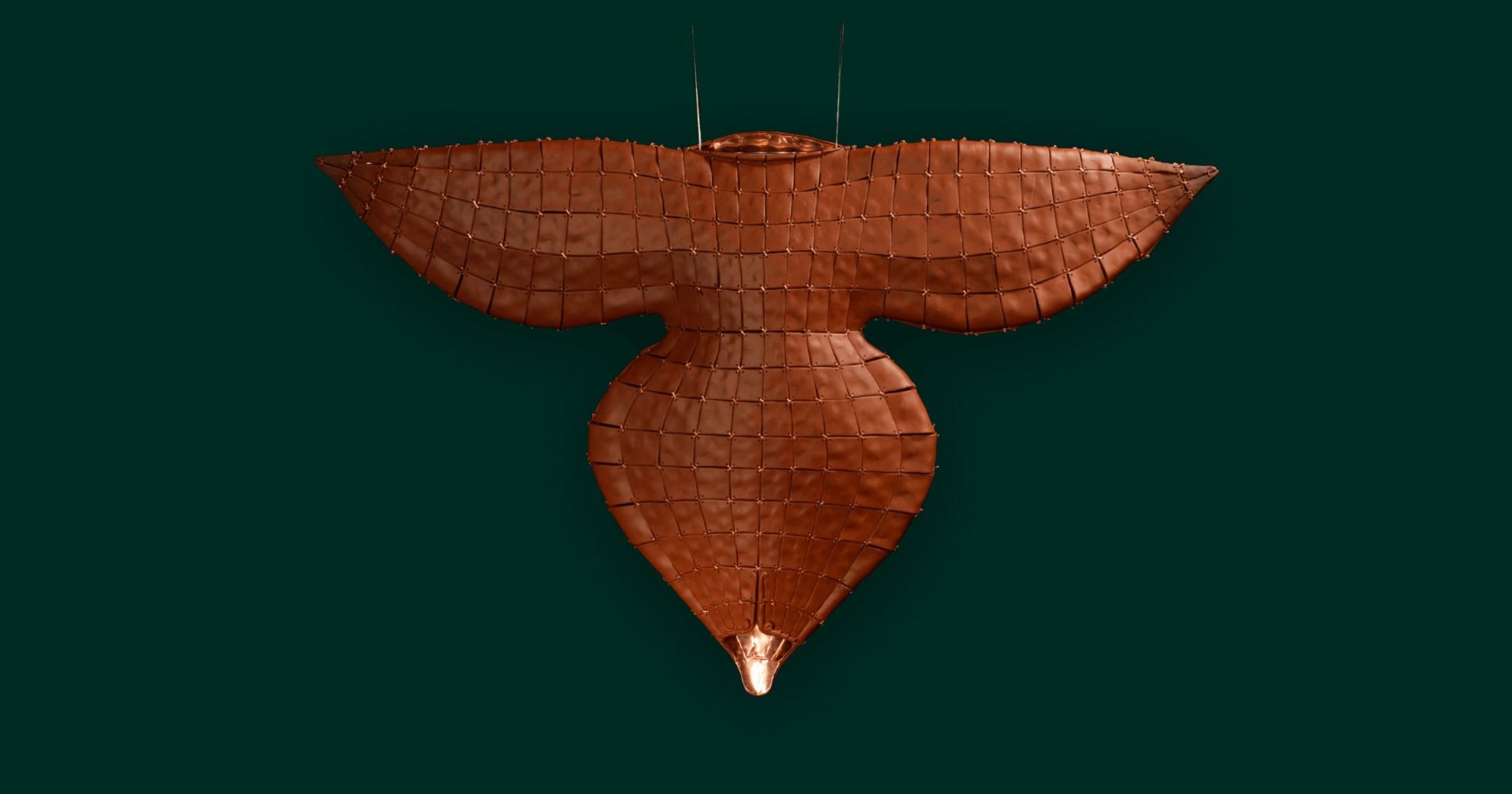A shallow oblong box, typically with seven silk strings, the qin 琴 (zither) is thought to have been invented by legendary ruler Fu Xi 伏羲 and is still being played in China today after almost five thousand years. Initially an instrument played for entertainment, the qin evolved into a solo instrument played by scholar-poets to harmonize their souls and purify their minds. Along with painting, calligraphy, and Chinese chess (go), playing the qin was among the “four accomplishments” of scholar-gentlemen during the Song dynasty (960–1279). According to the literati, it took a special listener to fully appreciate and understand the musical and philosophical resonance of the qin. After being introduced into other East Asian countries, Japan and Korea, for example, the qin also became popular in those regions. This exhibition showed forty works from China and Japan, including paintings, calligraphy, woodblock prints, and sculptures, spanning two thousand years from the first to the nineteenth centuries.

The Resonance of the Qin in East Asian Art
东亚艺术中的琴声
Exhibition Catalogue
Authors: Stephen Addiss
The Chinese qin, an ancient seven-stringed zither, was an integral part of literati culture in East Asia. Its mythic origins, the beauty and efficacy of its music, and the legendary heroism of its musicians are all part of the vast canon and lore that developed around the instrument over the course of two thousand years. The music of the qin was celebrated in poetry, and the instrument came to be de rigeur in depictions of solitary scholar-gentlemen at leisure in the landscape. Selected works of art, antique instruments, and four separate essays are brought together to explain the profound significance of the ancient qin and its music, and its spread from China to Japan, Korea, and Vietnam.
Exhibition catalog, 1999. Paperback, 143 pages: ill.
ISBN: 0-9654270-2-1
Media Coverage
- Holland Cotter, “Art Review: Even Without Strings, It Could Make Music,” The New York Times, October 8, 1999.
“A rare example of a Song-period qin is included in the show. Such objects are often elaborately ornamented with lacquer and inlay; this one is pretty plain. But it testifies to the multilayered identity the instrument had acquired.”
“Listening to the qin music that wafts through the exhibition, one can easily understand Mr. Addiss’s devotion. It is a haunting sound: austere, tensile, melancholic, without being exactly sad, the musical equivalent of still waters running deep. According to Chinese texts, qin music, though played with the hands, comes straight from the heart. The same feels true of this lovingly conceived show.”
- “Arts & Leisure,” The New York Times, September 12 and 19, 1999 and on December 3, 1999 (with a short introduction by Holland Cotter).
- J. May Lee Barrett, “Resonance of the Qin: A Musical Instrument is Celebrated in Art,” Asian Art, November 1999.
- Helen Dunn Grinnell, “Exhibition Review: The Resonance of the Qin in East Asian Art, China Institute Gallery, New York,” Orientations, January 2000.
Media Coverage
- Oriental Art
- World Journal 世界日报
Related Programs
- Curator’s Lecture: Stephen Addiss, “Arts of the Qin” (September 17, 2002).
- Symposium: “The Resonance of the Qin” (November 12, 1999). Leading scholars of the qin discussed the role this instrument played in East Asian literature and performing arts.
- Concert: “Silk Strings and Paulownia Wood-Music of the Qin, Komungo, and Koto” (November 12, 2002). Introduced by Kenneth Moore and Fredrick P. Rose.
- Opera: Ben Wang and the Kunqu Society, “Seduction of the Qin” (December 2, 2002).
Related Events



